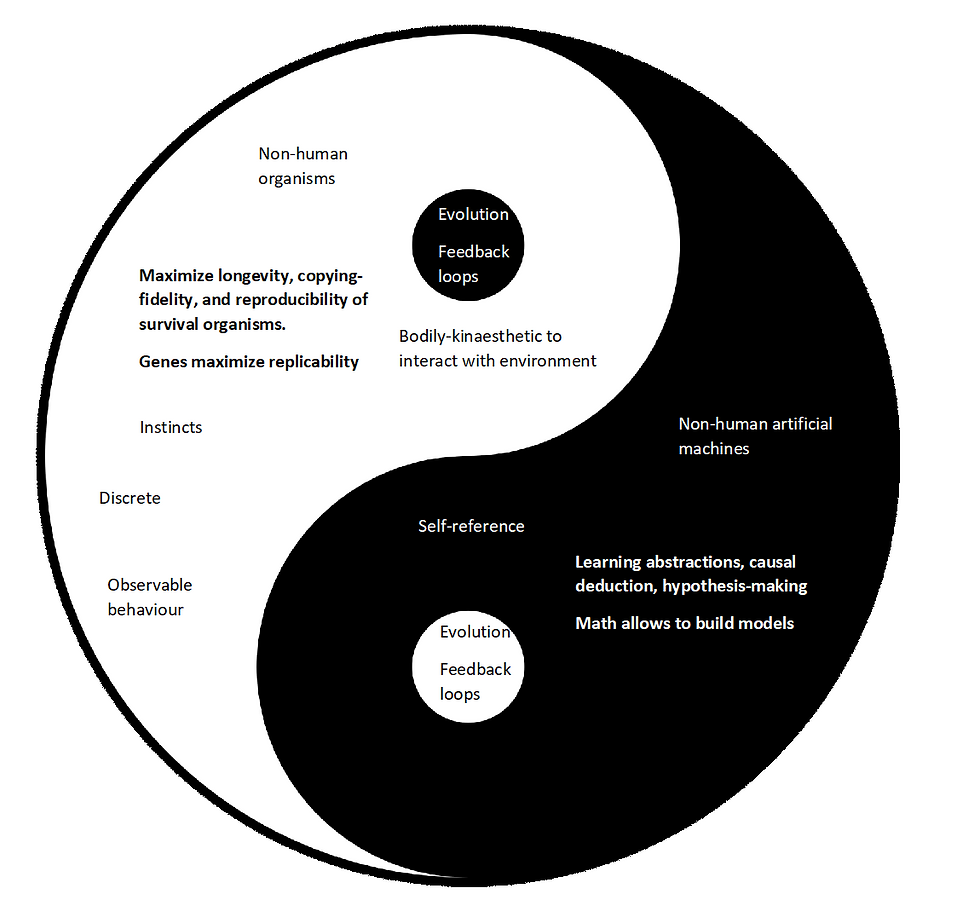Paradigms of AI modelling
- Xuelong An Wang

- Jan 13, 2023
- 1 min read

The cover of the book AI: The Era of Big Integration by Prof. Song-Chun Zhu at https://dm.ai/ebook/
Throughout the 7 decades of the pursuit of artificial intelligence, this field has mainly dealt with the fundamental issue of knowledge representation and processing. Here are some modelling paradigms of AI (consider checking Prof. Song-Chun Zhu's introductory book on AI called , 2017):
1) Symbolic reasoning
Symbols can’t be differentiated
What are symbols? Consider them logic predicates and ground atoms
It takes a non-functional approach to modelling; a simple set of rules can lead to rich and diverse output (consider rules of grammar of certain language);
2) Probabilistic function approximation
Find a set of features that can map inputs to a set of outputs
This mapping is always done from infinite domain to finite or infinite range, but never from finite domain to infinite range
3) Reward reinforcement
Another non-functional approach aimed at designing an environment and an agent to maximize a reward signal within it.
4) Causal graphs
Functional approach to modelling, but given the way in which information is stored, it allows causal interpretation of information beyond correlation.
5) Meta
Modelling about modelling
Meta learning, which involves automatically fine-tuning parameters
meta-heuristics
Mergers
The above models can be assembled together to expand the capabilities of each:
Knowledge graph embeddings
Deep reinforcement learning
Heuristic-driven machine learning methods
Neuro-symbolic AI
References
Song-Chun, Z. (2017). Qiantan rengongzhineng: xianzhuang, renwu, goujia yu tongyi [AI: The Era of Big Integration Unifying Disciplines within Artificial Intelligence]. Shijiao Qiusuo. English version at: https://dm.ai/ebook/



Comments